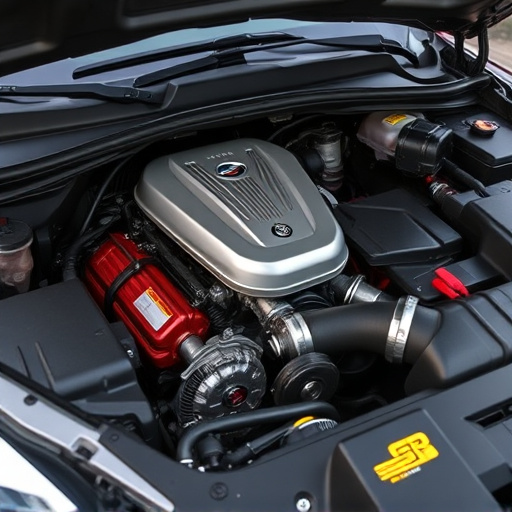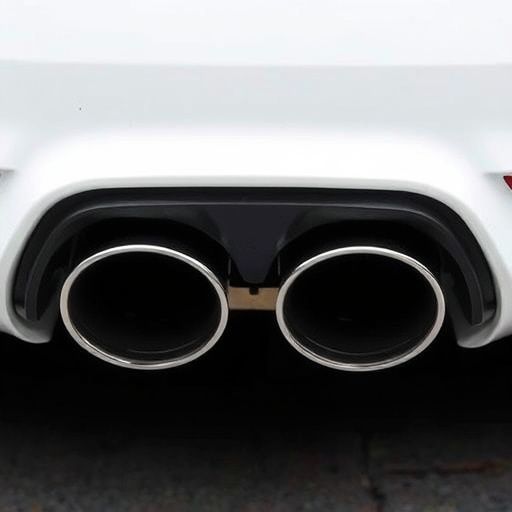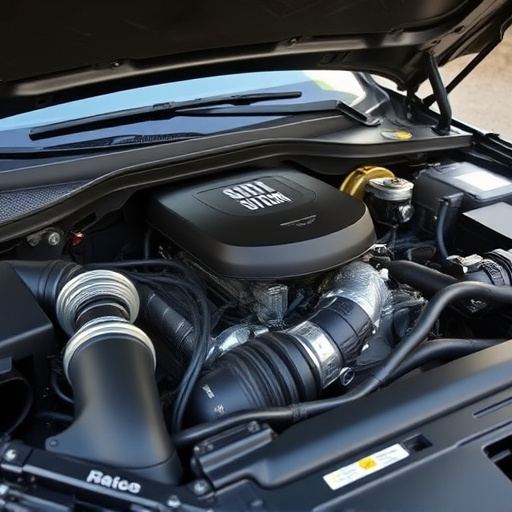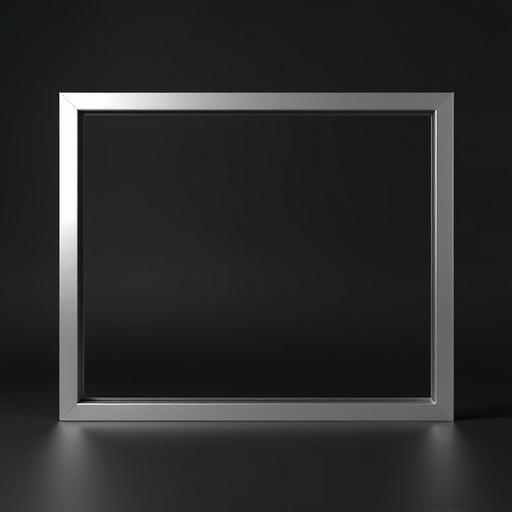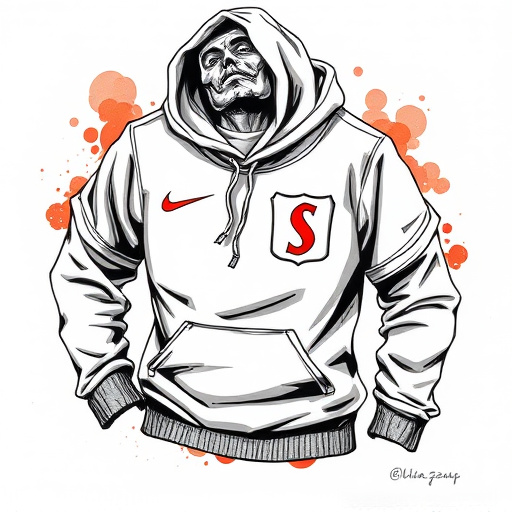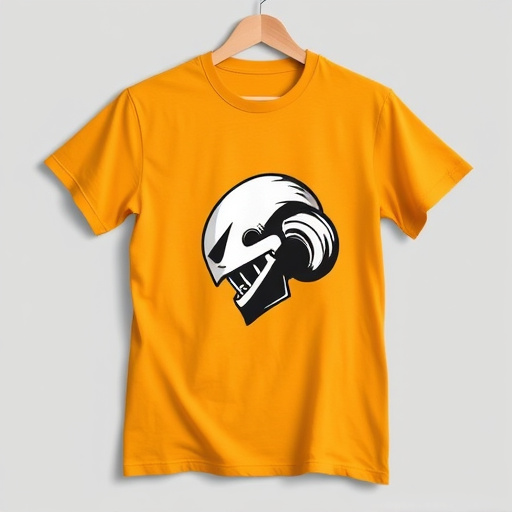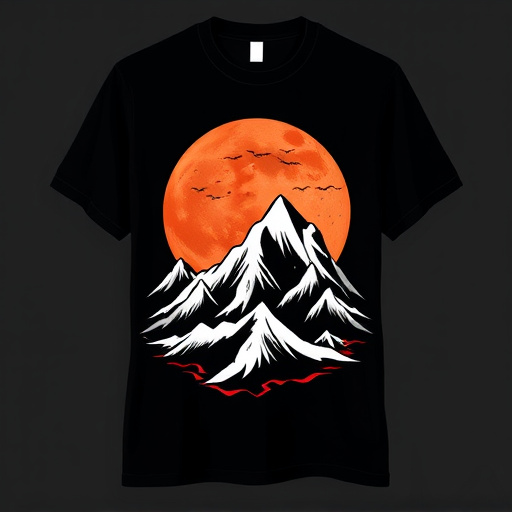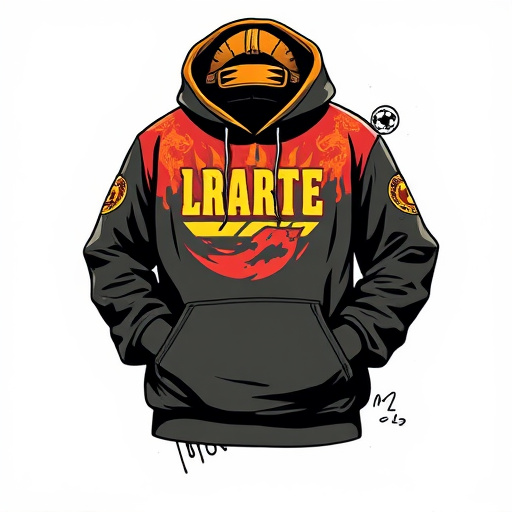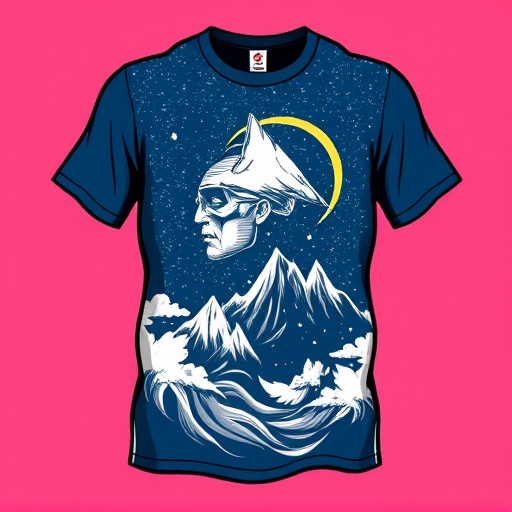In a competitive design market, Digital Transfer Film (DTF) technology offers numerous benefits by enabling precise, versatile design transfer onto various materials, eliminating cutting and tracing, and reducing time. DTF for Apparel printers capture intricate details, streamlining production and enhancing efficiency. Adopting DTF printing cuts lead times, facilitates collaboration, delivers faster orders, and empowers businesses to create personalized products with vibrant colors, catering to diverse client preferences. DTF transfers provide a cost-effective solution for designers and clothing brands, simplifying production processes, reducing overhead costs, and enabling swift adaptation of product offerings.
Discover how DTF (Design Transfer Function) transfers are revolutionizing design workflows. This article explores the multifaceted benefits of DTFs, focusing on their role in streamlining design processes, fostering collaboration, and delivering cost-effective solutions. By leveraging DTF technology, designers can enhance efficiency, accelerate project timelines, and ensure seamless data sharing—all while maintaining design integrity. Get ready to unlock the full potential of your design projects with these powerful tools.
- Streamlining Design Processes: DTF's Role
- Enhancing Collaboration and Efficiency
- Cost-Effective Solutions through DTF Transfers
Streamlining Design Processes: DTF's Role
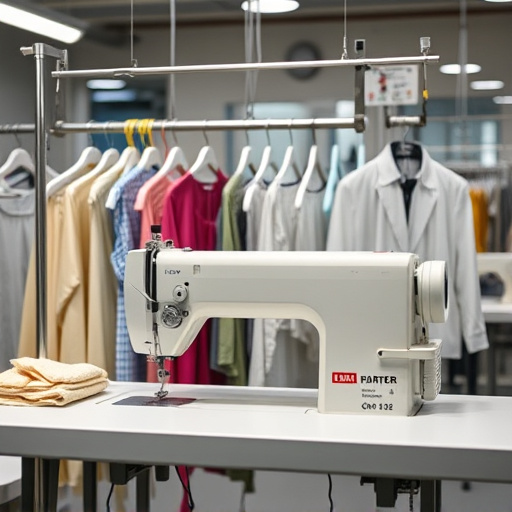
In today’s fast-paced design industry, where speed and efficiency are paramount, Digital Transfer Film (DTF) technology has emerged as a game-changer. DTF Transfer Benefits streamline design processes by offering a precise and versatile method for transferring designs onto various materials, from fabrics to wood. This innovative technique eliminates the need for intricate cutting and tracing, enabling designers to focus on creativity rather than laborious preparation.
By employing DTF, designers can achieve remarkable results in less time. It’s particularly beneficial in the apparel industry where DTF for Apparel has revolutionized pattern-making. With its high-resolution printing capabilities, a best DTF printer ensures that intricate design details are captured flawlessly, allowing for complex and detailed patterns to be easily transferred onto fabrics. This streamlines production, reduces waste, and enhances overall efficiency, making it an invaluable asset for any design studio or apparel manufacturer.
Enhancing Collaboration and Efficiency
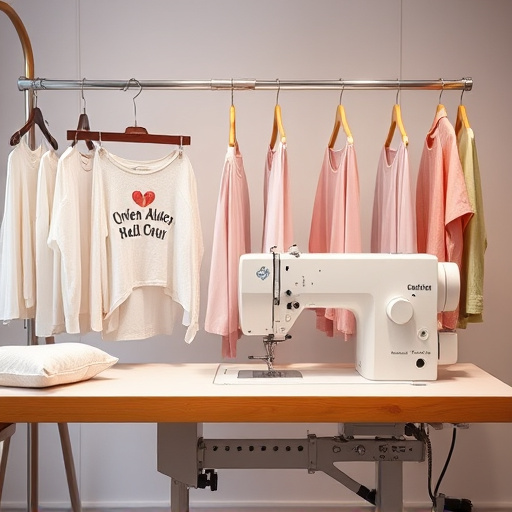
In today’s fast-paced design industry, where time and productivity are paramount, embracing innovative technologies can significantly enhance collaboration and overall efficiency. One such game-changer is the DTF Transfer Benefits method, which streamlines the process of creating custom t-shirts and similar products. By utilizing direct to fabric (DTF) technology, designers and manufacturers can collaborate more effectively, reducing lead times and enabling quicker turnaround for orders. This approach allows for real-time communication between the creative team and production, ensuring that designs are perfectly executed on demand.
The DTF process is a modern solution for creating high-quality custom garments. Unlike traditional methods, DTF for t-shirts offers precision printing, allowing intricate details and vibrant colors to be achieved with ease. This level of customization not only meets the diverse demands of clients but also fosters a collaborative environment where designers can bring their unique visions to life promptly. As a result, businesses can offer a more extensive range of personalized products, catering to individual customer preferences.
Cost-Effective Solutions through DTF Transfers
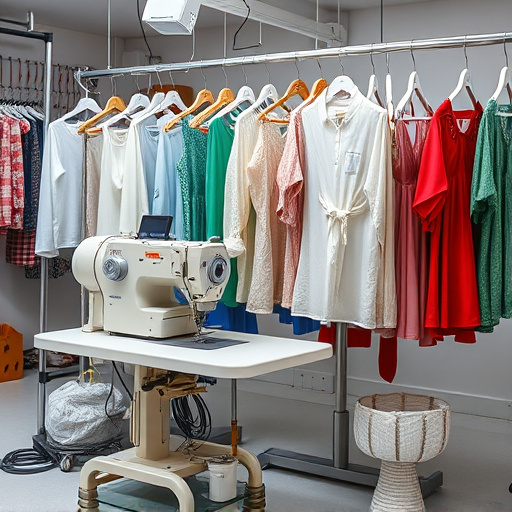
DTF (Direct to Film) transfers offer a cost-effective solution for designers and clothing brands looking to bring their creative visions to life. By eliminating the need for intricate printing processes, DTF allows for personalized hoodies and other garments to be produced with remarkable detail and precision. This method streamlines production, reducing overhead costs associated with traditional printing techniques.
Cold peel dtf transfers further enhance the efficiency and accessibility of this process. These transfers are easy to apply, ensuring a seamless integration of designs onto various fabrics without complex machinery or specialized skills. For clothing brands, this means they can quickly adapt their product offerings, creating unique and personalized logos dft for their target audience. By embracing DTF Transfer Benefits, businesses can achieve high-quality results while maintaining a lean and economical approach to garment decoration.
By leveraging DTF Transfer Benefits, design teams can significantly streamline processes, foster enhanced collaboration, and achieve cost savings. This innovative approach not only simplifies complex tasks but also promotes a more efficient and effective workflow. Embracing DTF’s potential allows designers to focus on creativity while reducing unnecessary hurdles, ultimately elevating the overall quality of their work.
